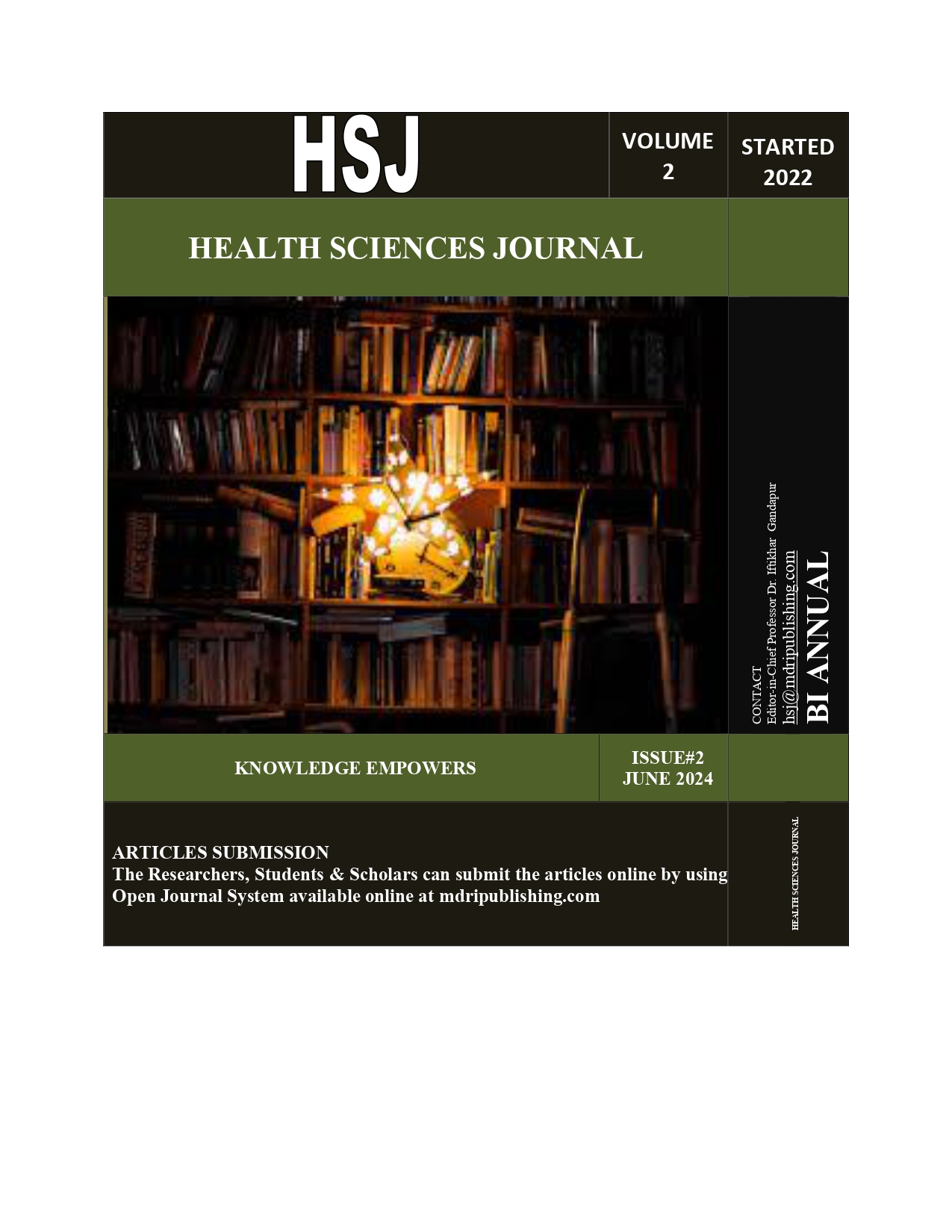DETECTION OF VARIOUS CHEMICALS IN LOCALLY AVAILABLE OPEN MILK SAMPLES IN DEAR ISMAIL KHAN, PAKISTAN
DOI:
https://doi.org/10.59365/hsj.2(2).2024.88Keywords:
Milk; qualitative and quantitative analysis; Formalin; Dera Ismail khan; PakistanAbstract
Background: Milk is very nutrient-dense. However, milk is readily contaminated during production, processing, and storage, endangering the health of users. The identification of dangerous chemicals in milk is crucial. The present study aimed to highlight the problem of milk pollution by observing milk samples at district Dera Ismail Khan. Materials and Methods: To achieve the objective, a total of 60 milk samples were gathered by stratifying the district into two distinct geographical distributions: within the city and beyond the city boundaries, based on population density. Different analytical techniques were used for the quick detection of dangerous chemicals or the targeted verification of milk validity. Results: According to quantitative data, the average levels of fat, lactose, added water, temperature, freezing point, pH, and conductivity of the milk are statistically the same (p > 0.05). However, the average content of SNF, density, salts, and protein are statistically different (p <0.05). The qualitative findings revealed the presence of sodium chloride and sorbitol in minimal quantities, while a majority of the samples exhibited adulteration with formalin. Conclusion: The study's findings led to the conclusion that milk sold both within and outside of the region of D.I. Khan had been adulterated with sodium chloride, sorbitol, and formalin to produce distinctive hues. Control and elimination of this problem may require the application of efficient preventative measures and mitigating strategies.





